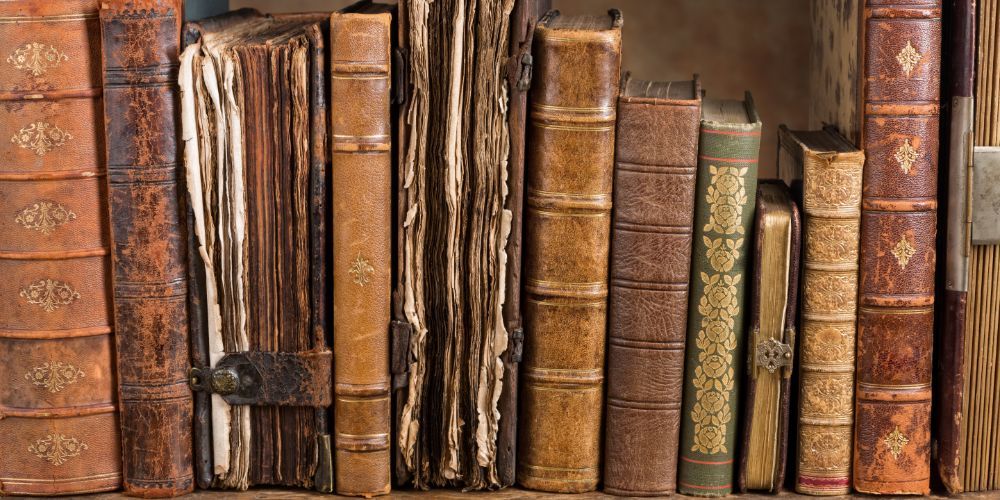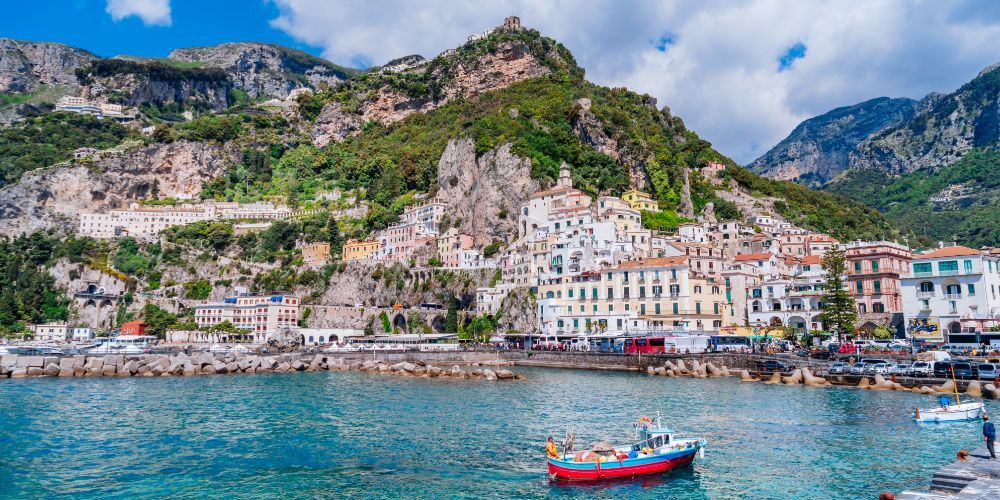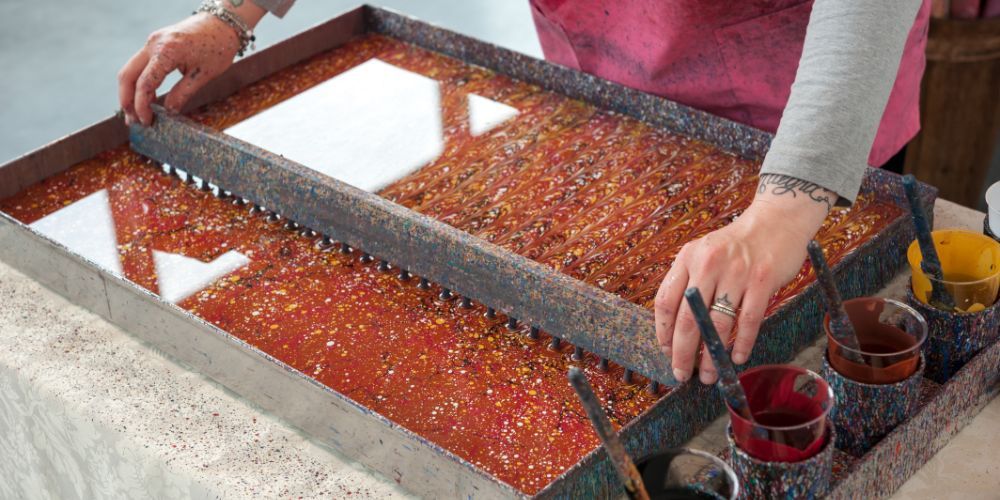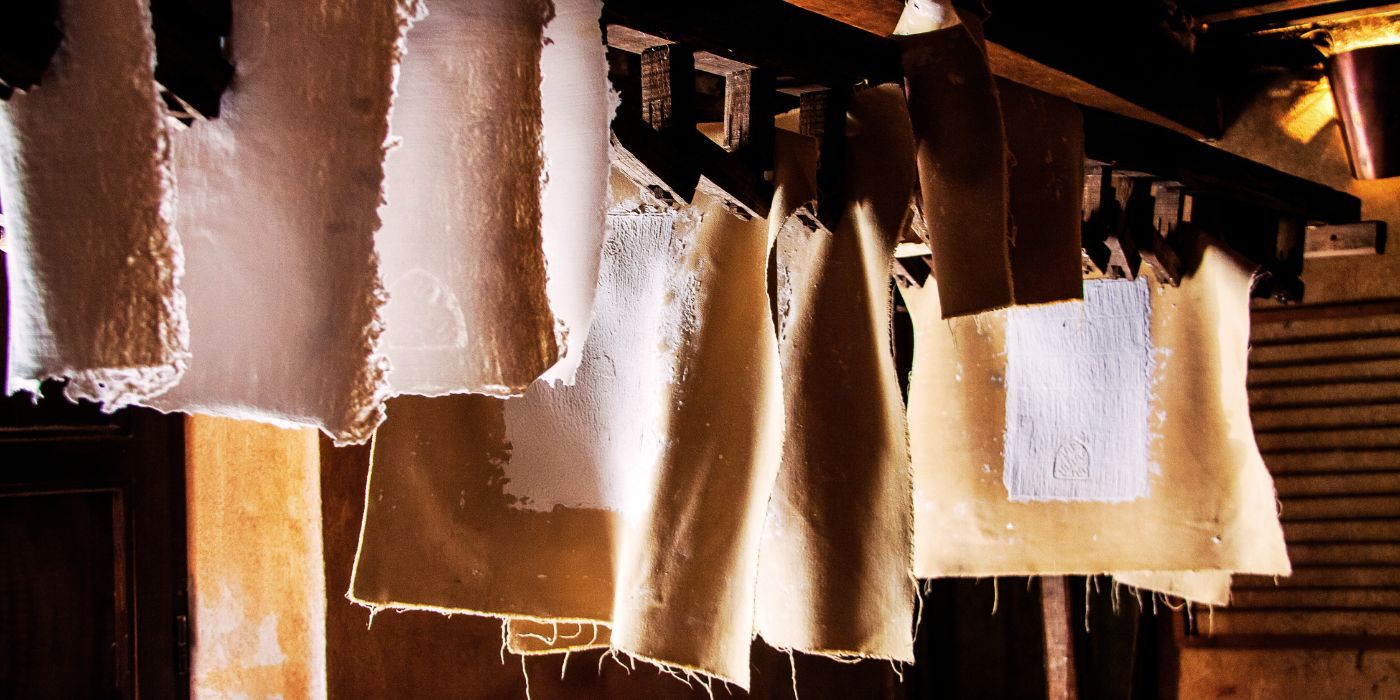Italy boasts an artisan tradition whose richness and variety have few rivals in the world. Italian handmade paper, however, is not necessarily the first thing that comes to mind when talking about Italy, yet the spread of paper in Europe was due to local master paper makers.
This very useful and versatile product, in fact, came to us in the Middle Ages after a centuries-long journey that began in China, paused in the Middle East and then finally reached Italy, where it found a home in Fabriano, in the Marche region, and in a few other places that became just as important. Let's start our journey to discover the fascinating tradition of italian handmade paper.

Fabriano, the capital of the italian handmade paper

Fabriano is a city in the Marche region a few kilometers from Ancona, for centuries one of the major ports on the Adriatic. Its geographical position certainly contributed to cultural exchanges and in fact it's here that, according to tradition, landed the paper imported by the Arabs in the 13th century. For more than two hundred years the only paper mills in all of Europe were located in Fabriano, and in a few other Italian cities. Only the invention of printing, in the 15th century, transformed paper into an increasingly indispensable product and since then, while Fabriano surely remained one of the first and largest production centers, the competition in Italy and abroad has grown tremendously.
The creativity and skill of Fabriano's master paper makers has also helped make italian handmade paper a little more special. In fact, they invented new techniques or adapted those used even earlier by wool makers, but above all they introduced the use of filigree. The drawings, mostly visible against the light and obtained through the reduction of cellulose fibers during the production, allowed the addition of writing and seals to avoid counterfeiting. Furthermore, the filigree gave the possibility of embellishing each sheet to the point of almost making it a piece of art.
Fabriano's paper craftsmen basically have never experienced a crisis. Even today there are historic paper mills here, that are among the largest producers in the world and in 2003 Fabriano was named Creative City by UNESCO for craftsmanship, arts and traditions.
The Paper and Filigree Museum housed in the former Dominican convent is truly unmissable and tells an illustrious story that has lasted for almost eight centuries, with no intention of ending.
Italian handmade paper in Amalfi's tradition

Amalfi, known for its art, wonderful landscapes and the scent of lemons, has also been one of the protagonists of the production of italian handmade paper.
In the beautiful valley known as Ferriere Waterfalls, a favorite destination for trekking and nature lovers, there have always been mills which, throughout history, have often been converted into paper mills. In the Middle Ages Amalfi was indeed a powerful and rich republic and thanks to a very fluorishing trade, there was also a great abundance of fabric. This made paper production easier and more affordable, so it developed to the point that new paper mills were built.
Over time, paper production has slowed down untill it almost disappeared, but between Amalfi and Minori you can still find many ruins, fascinating and silent testimonies of a fortunate past, which appear here and there along the wonderful paths that cross the interland of the Amalfi Coast.
Visit the Amalfi CoastItalian handmade paper: in Tuscany the tradition is more alive then ever

Tuscany, cradle of the Renaissance and beating heart of Italian art for centuries, could not fail to boast an illustrious tradition also when it comes to italian handmade paper.
The Tuscan paper masters were among the most creative and renowned in Italy and it's no coincidence, in fact, that it was in Florence that the art of marbled paper, which also arrived from China, developed. It's a long process that transfers colored veins onto paper, making it similar to marble and is still practiced today. Wandering through Florence's center, in fact, not only you may come across shops where marbled paper is still produced by hand, but you can also take part in a workshop to learn this interesting technique.
In Pescia, a town in the province of Pistoia, the tradition of master paper makers exists since the 1400s. There are still important historic paper mills and above all a Paper Museum where you can admire more than seven thousand objects to discover everything about italian handmade paper.
Last but not least, Lucca, a beautiful medieval town, hosts the Biennale della Carta, an event where tradition and innovation come together to give life to incredible works of art entirely made of paper.
Visit Florence by VespaAbout the author
Written on 02/11/2023



Paola Cirino
Italian handmade paper, a long tradition still alive in Fabriano, but not only there.